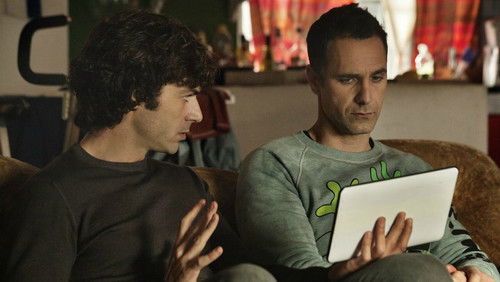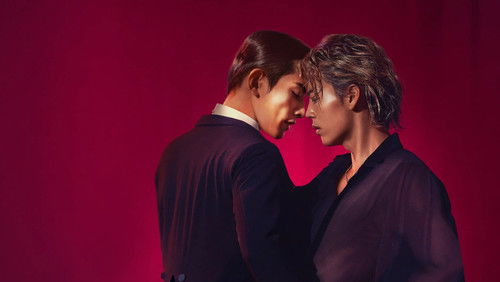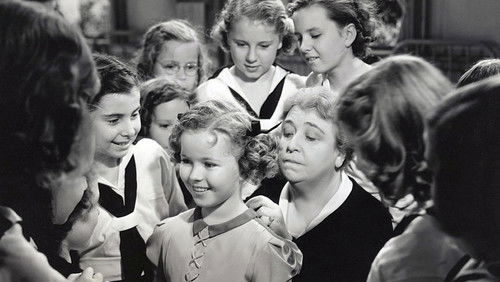Flame of Barbary Coast (1945)
27KFlame of Barbary Coast: Directed by Joseph Kane. With John Wayne, Ann Dvorak, Joseph Schildkraut, William Frawley. A cowboy competes with a gambling tycoon on the Barbary Coast for the hand of a beautiful dance-hall queen.
“Before watching Flame Of Barbary Coast I never read the description on the back cover of the DVD case. It mentions the San Francisco earthquake of 1906. Fortunately I was aware of some of the history of that earthquake, so I was picking up the clues given throughout the movie. All I cared about before watching the movie was that it was a western with John Wayne in it. The movie is a u0026quot;lateu0026quot; western in that it takes place as the wild west had been tamed and the 20th Century was becoming an entirely different reality.u003cbr/u003eu003cbr/u003eThe plot was okay, but a little thin. A Montana rancher goes to the big city, finds himself played out as a sucker, and returns to conquer the same people who made a fool out of him. Duke Fergus (John Wayne) takes lessons from his professional gambler friend, Wolf Wylie (William Frawley), and ends up beating the professional gamblers in their own casinos. Even for John Wayne this is quite amazing. Added to that is his love interest in Flaxen (Ann Dvorak), known as u0026quot;the Flame of the Barbary Coastu0026quot;, who apparently has teased virtually every powerful man in town. At the time of the story she is tied to Tito Morrell (Joseph Schildkraut), the most successful and notorious of the gambling house bosses.u003cbr/u003eu003cbr/u003eI liked the way Joseph Schildkraut played the classy, but devious, casino owner, Tito Morrell. His character hinted at aristocratic old world lineage and his determination to maintain a level of sophistication despite his present reputation. Titou0026#39;s criminal side is never shown, only implied. John Wayneu0026#39;s character, Duke, never came across as simple. He loved his modest environment at his ranch in Montana, but he had a business sense and some integrity. Ann Dvoraku0026#39;s Flaxen is the character that seems a bit odd. If she has such a reputation for being the unobtainable prize, why do so many still want her? She really does smile her way through everything, too. It would have been really nice if she got one of those famous John Wayne spankings.u003cbr/u003eu003cbr/u003eEstablishing a specific time was done gradually and then deliberately. The house Tito provides for Flaxen is definitely built in an elaborate turn of the century European-influenced style that would not have existed thirty years earlier. Upon arriving in San Francisco there were many electric lights. A bathroom with running water is shown. Eventually a specific date in January of 1906 is mentioned, and later it is mentioned that April of the same year has arrived. Although everyone is moving on foot or in a horse drawn carriage, an automobile appears in one scene. The time placement was subtle in the beginning and made perfectly clear as it became more important to the plot.u003cbr/u003eu003cbr/u003eI expected the climax of the movie to be the famous San Francisco earthquake. There really were explosions and gas fires from ruptured natural gas lines. Firefighters are shown in the movie running out of water because of broken water mains just as the real firefighters did. It is even mentioned that looters would be shot, as they really were. The catalyst that brought about changes in San Francisco set up the final scenes for the main characters. The true nature of everyone is shown in a final showdown between Duke, Tito, and Flaxen.u003cbr/u003eu003cbr/u003eI liked Flame Of Barbary Coast. My only complaint is that the movie makes the Barbary Coast seem to be the most important part of San Francisco, and it is the only part of the city that is shown. The sets were elaborate and the actors were good. It cannot be called a gangster movie even though it has crime bosses. Over all it was more of a drama than a western, but it was worth watching.”









